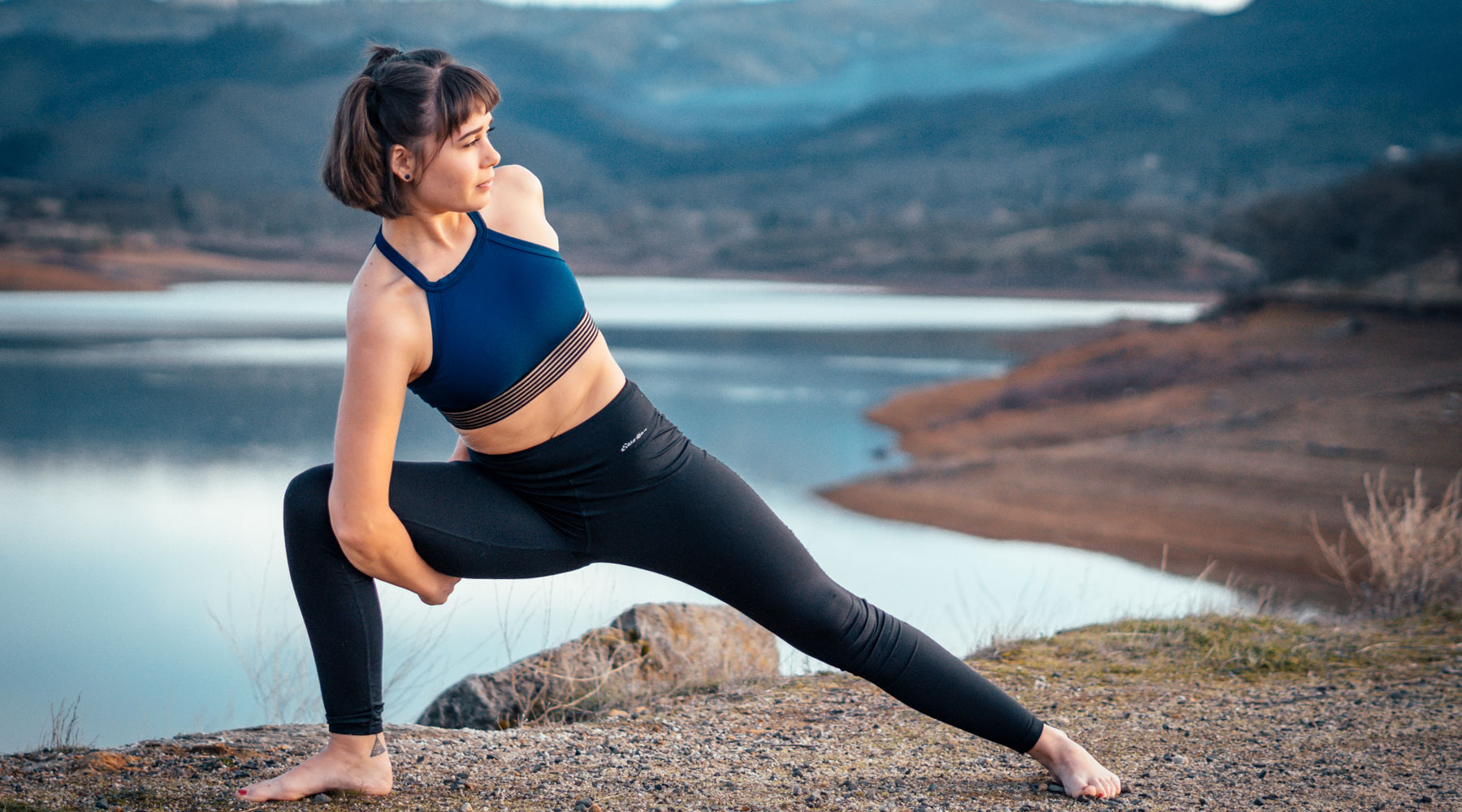- At Ashland Yoga Center, we value respect for one another above all else. We’ve created a community here that’s based on it and we want to add more people to our yoga family who understand and practice respect.
- All people who practice respect are welcome at AYC. We celebrate all identities, body types, backgrounds, and abilities. If there’s anything our staff or teachers can do to make your experience better, please don’t hesitate to talk to us.
- Being on time for class is really important. Teachers need to start the class promptly and it is disruptive to others when students enter the room late and try to set up their mats and props. Please show respect for the community and come on over on time.
- Please dress appropriately for class. We want you to feel comfortable, so fabric that’s easy to move, stretch, and sweat in is ideal. Please avoid wearing clothing that could make other students or teachers feel uncomfortable. You cannot practice shirtless.
- Please communicate with teachers and staff about your experience practicing yoga with us.
- We want you to get the support you need to make the most of your practice and feel like a part of our community. We’re so happy to have you here, so please let us know how we can make it better for you.
- Studio opens 15 minutes before class starts, and is locked when class begins. If you arrive late, please do not knock on any of the doors or windows to get the attention of the teacher or staff.
- No cell phones allowed inside the studio. Please turn your phone off before entering class or leave it in your car.
About Ashland Yoga Center
Ashland Yoga Center is a diverse, inclusive, and welcoming community. We offer many different types of yoga to meet the variety of goals and needs our students bring to their mats. Our intention at AYC is to empower Southern Oregon’s yoga community through our classes, workshops, and teacher trainings.
Ashland Yoga Center is located in the Railroad District at 303 Fourth Street.
Yoga is a powerful practice of self-discovery and healing, and Ashland Yoga Center is a safe and supportive place for your unique journey. Whether you are a beginner or an advanced practitioner, if you have specific therapeutic needs or you just want a stellar workout, we have options for you. We invite you to come and practice with us. We look forward to seeing you on the mat!
New and returning students should look over our FAQ section for more information.
Ashland Yoga Center
Ashland Yoga Center was established in 1998, providing the community with the experienced yoga instructors + yoga therapy.
FAQ
- We open the studio 15 minutes before class starts.
- Bring your yoga mat and any props you might need. We do not have mats or props available to share.
- Bring your water bottle.
- Wear comfortable clothing that feels good to stretch.
- Practicing yoga with a full belly can be very unpleasant. It’s best to avoid eating food right before class and any heavy meals a few hours before practicing. If you need to eat something, we suggest a light snack.
- No drop is. You must register online for classes.
- New students under the age of 18 need parental permission or should be accompanied by an adult regardless of previous experience.
Anyone of any age and physical condition can do this yoga. All students work at their personal “edge” and beginners work right alongside more experienced students. Students practice no matter their age and level ability. The aim of this system is not to twist the body into bizarre pretzel shapes, but to strengthen and stretch the body, returning natural range of motion to the joints and restore energy flow throughout the entire body.
This is the most common misconception that prevents people from coming to a yoga class. But yoga is not about how flexible you are. It is about balancing strength and flexibility in your body.
It reduces stress, increases blood circulation, and improves strength and flexibility. Regular practice (at least three times per week) can reduce the symptoms of many chronic diseases (e.g., arthritis, diabetes and thyroid disorders). It also promotes relaxation and improves posture. Many of our students have experienced tremendous relief from chronic back pain.
It is normal to feel sore after class. It is a good workout and you are using muscles you probably haven’t used in a while. Muscle soreness is a buildup of lactic acid. It may seem impossible to imagine that coming back for more will help, but stretching is THE BEST way to relieve the soreness. If you wait too long to come back, then you will be starting all over again.
As a beginner, it takes at least three classes for your body to understand the proper approach to the posture, and approximately ten classes for your body to begin to work with postures.
After that, it is our experience that three times per week will provide you with good results and five times per week is optimal for growth and healing in the practice.
A consistent practice has cumulative effects on the body. Think of every practice as a deposit of health and energy into the body. The more you practice, the more deposits you make and the more vitality you receive. Like any activity you do, such as running, skiing or biking, the more you practice the more enjoyable and rewarding the experience is.
Try easy. Try to find your edge in the practice where effort and surrender meet. Push yourself as hard as you can, while at the same time respecting your body and your abilities. Patience is one of the most challenging aspects of Hatha Yoga. Honor your body. Never sacrifice the body for the glory of the pose.
Willingness is key. 95% of your practice is simply getting to the studio. A consistent practice is the biggest contributor to a deep practice. If you commit to at least three classes per week you will start to experience true change and a tremendous amount of well-being.
Trust in the process. Know that your body can go where others before you have gone. It only requires focus, proper alignment and a consistent practice. Hatha yoga is the art of balancing patience and determination in the body. Let go of expectations but be prepared to work. Cultivating deep change in the body is not easy but the effort you put into your practice you will receive back tenfold.
Move slowly and fluidly. Entrances and exits are 1/3 of the poses each. So move slowly into out and out of the pose and give them your undivided attention. Never rush to your deepest extension. Build your poses one mindful breath at a time so the body can trust the journey into the pose and at your deepest extension it is an intense place but one that is enjoyable.
Communicate with your teachers. We are here to answer any questions and give you feedback at any time. We love to hear about your practice.

